Embarking on your fitness journey with the aim of carving a robust core shouldn’t be daunting. I often advise my beginner clientele that grasping the basic techniques is crucial for establishing a sturdy core foundation. I suggest the following ab exercises for novices; these exercises are created to be both accessible and stimulating, paving the way to achieving a more toned and durable core.
Initiating your journey into abdominal workouts as a novice involves concentrating on basic movements and progressively advancing. These five abdominal exercises offer a flexible and user-friendly method for enhancing core strength. It’s essential to focus on correct technique, pay attention to how your body feels, and remain dedicated consistently for the best outcomes. With commitment and patience, you will lay down a solid base, preparing yourself for more intricate abdominal exercises down the line.
Continue reading for the top abdominal exercises for beginners. And after your workout session, don’t forget to check out the 5 Most Effective At-Home Exercises for Losing Weight.
Workout #1: Plank Perfection
The first of these ab workouts for beginners is all about planks. The plank is a quintessential ab exercise that not only targets the entire core but also engages your shoulders, back, and legs. Mastering the plank sets the stage for more advanced ab workouts.
1. Standard Planks
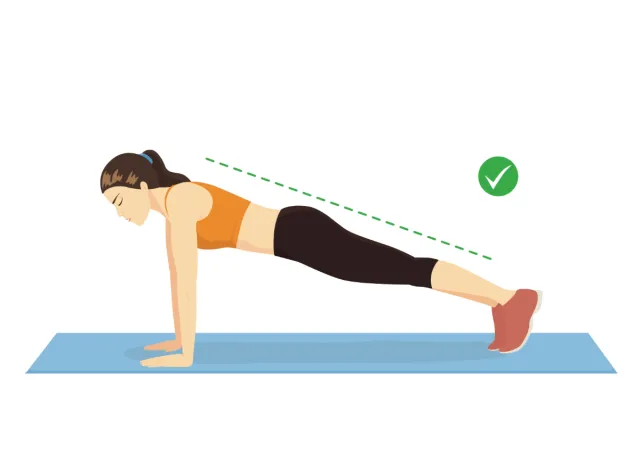

Begin in a pushup position with your hands directly beneath your shoulders. Hold your body in a straight line from head to heels, engaging your core. Start with two sets, holding for 20 to 30 seconds, gradually increasing the duration.
2. Side Planks
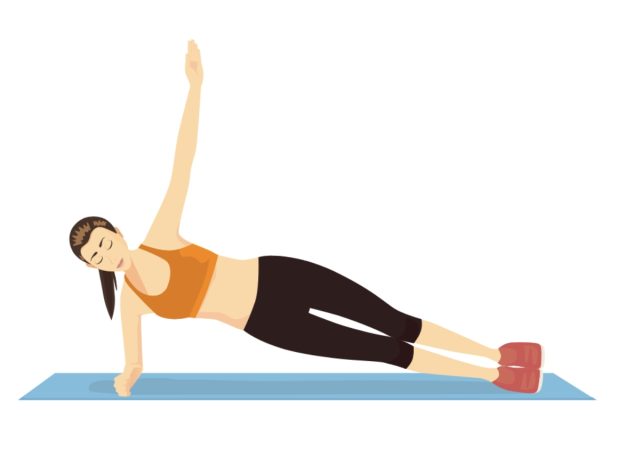

Lie on your side, supporting your upper body on one forearm. Lift your hips to create a straight line from your head to your feet. Hold for 15 to 20 seconds on each side, aiming for two sets.
3. Plank with Shoulder Taps
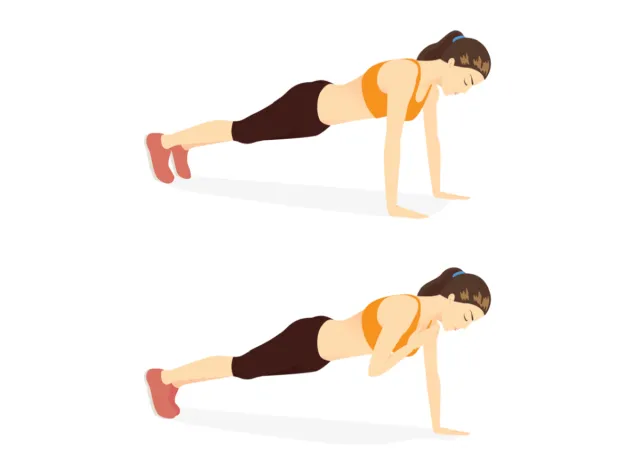

In a plank position, tap your left hand to your right shoulder, then your right hand to your left shoulder. Keep your hips stable throughout. Perform two sets of 10 taps on each side.
Workout #2: Crunch Classics
Crunches are a staple in ab workouts, focusing on the upper abdominal muscles. For beginners, variations of this classic exercise provide an effective way to build strength without straining your neck.
1. Basic Crunches
Lie on your back with your knees bent and your feet flat on the floor. Place your hands behind your head, and lift your shoulders off the ground. Perform three sets of 15 to 20 reps, focusing on controlled movements.
2. Reverse Crunches
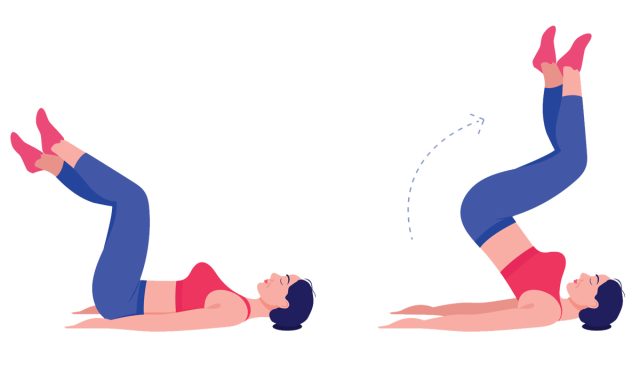

Start in the same position as the basic crunch. Lift your legs toward the ceiling, then curl your hips off the ground. Aim for two sets of 12 to 15 reps, keeping your lower back pressed into the floor.
3. Bicycle Crunches
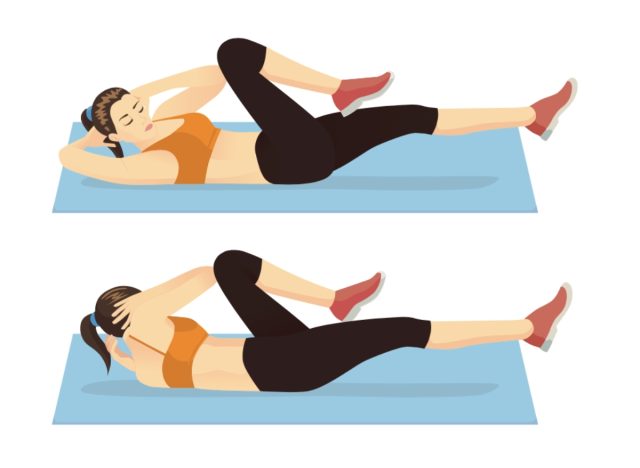

Bring your left elbow toward your right knee while extending your left leg. Switch sides in a pedaling motion. Complete three sets of 12 to 15 reps per side.
Workout #3: Leg Lift Legacies
Leg lifts are fantastic for targeting the lower abdominal muscles, contributing to a balanced core workout. Beginners can start with variations that offer a controlled challenge.
1. Leg Raises
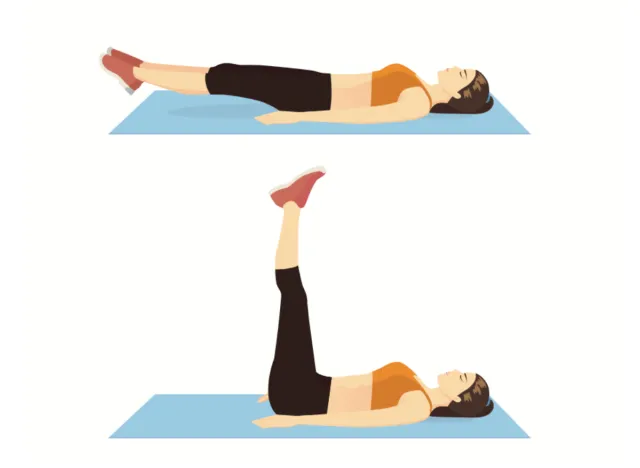

Lie on your back with your hands under your hips. Lift your legs toward the ceiling, then lower them without touching the ground. Begin with two sets of 10 to 12 reps, gradually increasing the reps as you progress.
2. Flutter Kicks
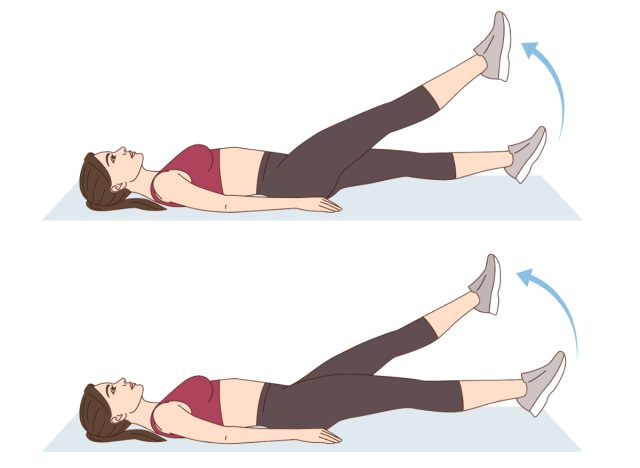

Lie on your back with your legs extended. Lift one leg while lowering the other, alternating in a fluttering motion. Perform three sets of 20 to 30 seconds.
3. Scissor Kicks
Lie on your back with your legs lifted off the ground. Cross one leg over the other in a scissor motion. Aim for two sets of 15 to 20 reps per leg.
Workout #4: Mountain Climbers Mayhem
Mountain climbers provide a dynamic workout that engages your entire core, making them an excellent choice for beginners looking to boost both strength and cardiovascular endurance.
1. Standard Mountain Climbers
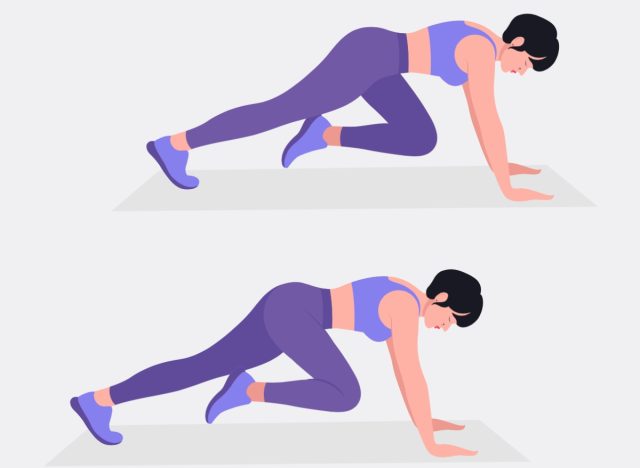

Begin in a plank position. Alternately bring your knees toward your chest in a running motion. Perform three sets of 20 to 30 seconds.
2. Cross-Body Mountain Climbers
This exercise is similar to standard mountain climbers, but you’ll bring your right knee toward your left elbow. Alternate sides in a cross-body motion. Aim for two sets of 15 to 20 reps per side.
3. Slow-Motion Mountain Climbers
Perform standard mountain climbers, but focus on slow and controlled movements. Complete two sets of 12 to 15 reps per leg.
Workout #5: Superman Showcase
The Superman exercise targets not only your core but also your lower back, promoting overall spinal stability.
1. Basic Superman
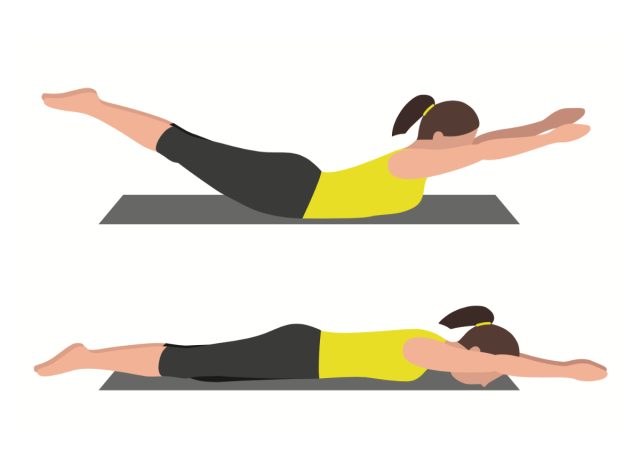

Lie face down with your arms extended in front of you. Lift your arms, chest, and legs off the ground simultaneously. Hold for 15 to 20 seconds, gradually increasing the duration for two sets.
2. Alternating Superman
Lie face down with your arms extended in front of you. Lift your right arm and left leg simultaneously, then switch. Perform three sets of 12 to 15 reps per side.
3. Superman Plank
Begin in a plank position. Lift your right arm and left leg simultaneously, then switch. Complete two sets of 10 reps per side.
Frequently Asked Questions (FAQs)
1. What are the best ab exercises for beginners?
The best ab exercises for beginners typically focus on engaging multiple core muscles with minimal risk of injury. They include:
- Planks
- Bicycle Crunches
- Leg Raises
- Russian Twists
- Mountain Climbers
2. How often should beginners do ab workouts?
Beginners should aim for ab workouts 2-3 times a week. This allows the muscles to recover and grow stronger. It’s also important to include rest days in your routine for optimal muscle recovery and growth.
3. Do I need any equipment for these ab workouts?
One of the great things about the ab exercises listed is that they don’t necessarily require any equipment and can be done anywhere. However, for exercises like Russian Twists, incorporating a medicine ball or a dumbbell can increase the intensity of the workout.
4. Can doing ab workouts reduce belly fat?
While ab exercises strengthen and tone the abdominal muscles, they do not specifically target belly fat. Reducing belly fat typically requires a combination of regular cardiovascular exercise, strength training, and a healthy diet to create a calorie deficit.
5. How long will it take to see results from ab workouts?
The time it takes to see visible results from ab workouts can vary widely based on several factors, including your starting fitness level, workout intensity, frequency, and diet. Generally, with consistent effort and a healthy diet, noticeable improvements can be seen within 4 to 8 weeks.
6. Is it okay to do ab exercises every day?
It’s generally not recommended to target the same muscle group, including the abs, every day. Muscles need time to recover and grow stronger, so including rest days in your routine is vital for preventing injury and achieving the best results.
7. What are some signs of overdoing ab workouts?
Signs that you might be overdoing your ab workouts include prolonged soreness that lasts for more than a few days, decreased performance in your workouts, feelings of fatigue, and any pain in your lower back. Listening to your body and allowing for adequate rest is key.






